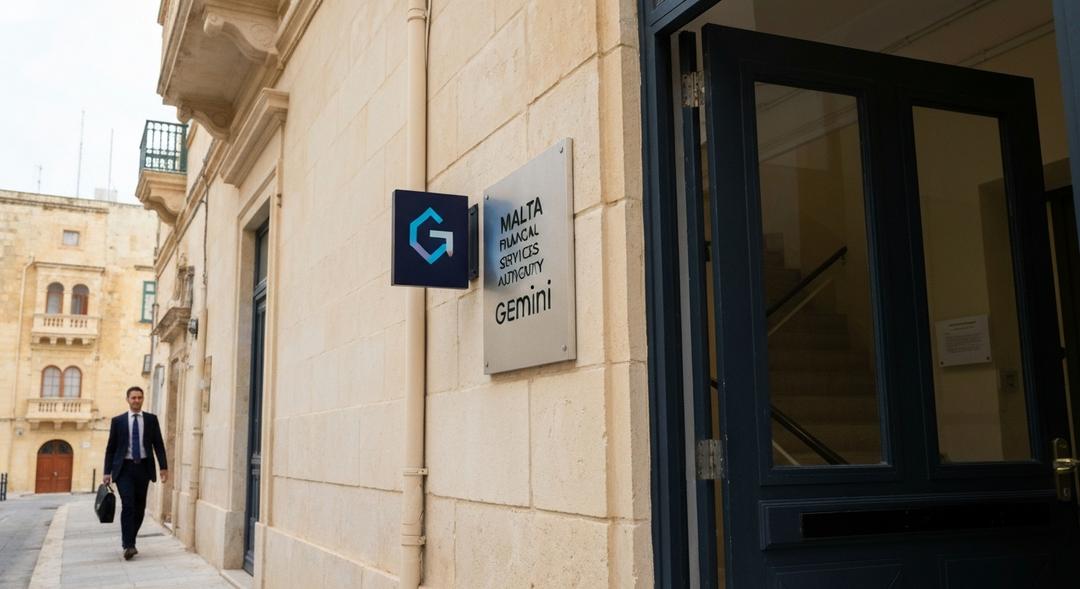Social engineering scams are sending shockwaves across the crypto sector today. On August 19, a staggering $91.4 million in bitcoin vanished from a single victim’s wallet in an attack uncovered by blockchain investigator ZachXBT.
This event stands out as one of the most significant crypto thefts reported in 2025. The method used by the perpetrator was deceptive yet simple, relying on manipulation rather than any technical flaw. The attacker made contact with the victim while impersonating customer support for a popular hardware wallet provider.
With skillful deception, the fraudster convinced the individual to hand over sensitive wallet credentials. This granted the criminal direct access to the digital funds without any need for hacking or exploiting vulnerabilities in the blockchain’s infrastructure.
Notably, this incident reflects a troubling increase in elaborate online scams targeting cryptocurrency users. Over just the first six months of 2025, the industry has seen more than $3.1 billion lost to a blend of online deception and technical breaches.
The stolen bitcoin did not stay idle for long. In the hours following the theft, the assets began to move through a sophisticated laundering workflow. By funneling the bitcoin into Wasabi Wallet, a privacy-centric service, the thief set about covering their tracks.
Wasabi Wallet operates by mixing multiple users’ coins together. This process significantly complicates attempts to trace transactions across the blockchain. As a result, stolen funds can often disappear into the vast expanse of digital transactions, making recovery efforts extremely challenging for affected users.
Security experts have noted that this pattern closely mirrors previous high-profile incidents faced by the crypto community. The date of this latest theft even aligns with the anniversary of the notorious Genesis creditor breach, in which $243 million was stolen.
Following that landmark incident, authorities arrested a dozen suspects in California. Their arrests marked a turning point for active investigations but also exposed how sophisticated criminal networks can orchestrate coordinated attacks across multiple jurisdictions.
As scams become increasingly polished, everyday investors and experienced holders alike must adapt their habits. Many are turning to modern digital protection strategies, such as hardware wallets and multi-step authentication processes designed to thwart unauthorized access.
Yet, attackers counter these measures by preying on human vulnerabilities. Instead of hacking the technology, they carefully manipulate emotions and psychology, convincing people to bypass their own protections.
Incidents like the August social engineering attack serve as a sobering reminder that technical tools are only as strong as the people using them. Criminals often wait for moments of distraction, stress, or confusion to strike.
Law enforcement agencies and cyber investigators worldwide are escalating their response to these threats. More resources are being devoted to identifying laundering routes and tracking funds as they move through mixer services.
At the same time, major wallet and exchange operators are refining their internal monitoring programs. Enhanced customer support training and authentication protocols are aimed at stopping fraudulent access before it occurs.
However, even with advanced protections, there is a consensus that prevention remains the most effective defense. Users are increasingly urged to stay vigilant, never share sensitive credentials, and verify all communication through official channels.
In light of surging online theft, many people are seeking new ways to bolster their digital asset security. Rather than managing intricate wallets alone, some users are considering safer approaches like managed ecosystem accounts and even exploring alternative avenues to acquire cryptocurrency. For example, those interested in mining bitcoin may prefer online solutions that remove the complexities of hardware management and security, allowing users to Start Cloud Mining through reputable providers.
Each major theft reaffirms that the stakes in digital asset ownership are incredibly high. The decentralized nature of blockchain technology brings immense freedom but also demands personal accountability in security matters.
In the aftermath of high-value heists such as the recent $91 million loss, the conversation is shifting across forums and news outlets worldwide. Both institutions and individuals are actively reassessing their approach to protecting and growing digital wealth in an age when scams are as advanced as the systems they seek to exploit.
Conclusion
The large-scale bitcoin theft revealed by ZachXBT demonstrates the evolving risks within the crypto world. As social engineering scams become more refined, protecting one’s digital assets demands constant vigilance as well as up-to-date security practices.
Ultimately, while blockchain and related services provide powerful tools for controlling personal wealth, they also place greater responsibility on users. Staying cautious, verifying communication sources, and leveraging trusted platforms remain crucial in the ongoing effort to minimize exposure to emerging threats.

Ewan’s fascination with cryptocurrency started through his curiosity about innovative technologies reshaping the financial world. Over the past four years, he has specialized in cloud mining and crypto asset management, diving deep into mining contracts, profitability analysis, and emerging trends. Ewan is dedicated to helping readers understand the technical and economic aspects of crypto mining, making complex information accessible and actionable.




